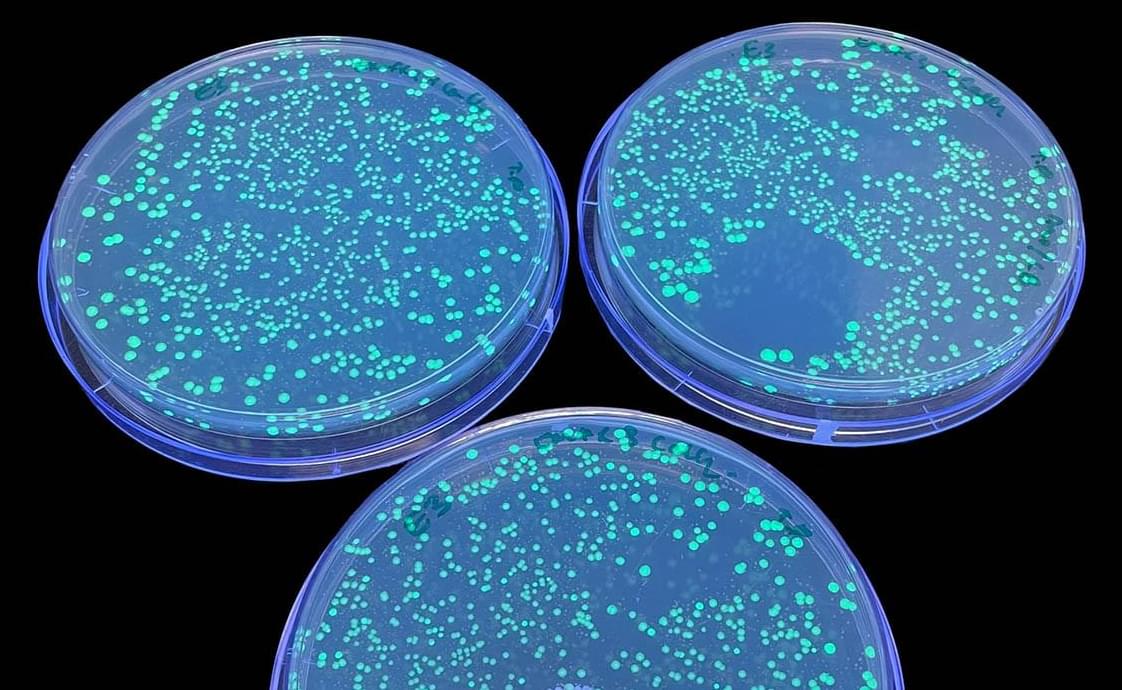Barrels dumped off the coast of Los Angeles once thought to contain dangerous pesticides could actually be harboring radioactive waste.




New research from the University of British Columbia reveals a safe path to overcoming food allergies for older children and others who can’t risk consuming allergens orally to build up their resistance.
It’s called sublingual immunotherapy (SLIT), and it involves placing smaller amounts of food allergens under the tongue.
A study conducted by UBC clinical professor and pediatric allergist Dr. Edmond Chan and his team at BC Children’s Hospital Research Institute found SLIT to be as safe and effective for high-risk older children and adolescents as oral immunotherapy is for preschoolers.
NASA is using an AI-powered technique called “generative design” to dramatically speed up the process of designing hardware for upcoming missions — and one of the first AI-designed missions will use a massive balloon to lift a telescope to the stratosphere.
The need: Weight is one of the most important considerations when NASA engineers are designing parts for new spacecraft — the heavier the final object is, the more fuel will be needed to launch it, and the more expensive the mission will be.
However, engineers can’t sacrifice strength in the name of keeping weight down — if a part breaks once it’s in space, replacing or repairing it typically isn’t an option.


Like Gates, Leslie doesn’t dismiss doomer scenarios outright. “Bad actors can take advantage of these technologies and cause catastrophic harms,” he says. “You don’t need to buy into superintelligence, apocalyptic robots, or AGI speculation to understand that.”
“But I agree that our immediate concerns should be in addressing the existing risks that derive from the rapid commercialization of generative AI,” says Leslie. “It serves a positive purpose to sort of zoom our lens in and say, ‘Okay, well, what are the immediate concerns?’”
In his post, Gates notes that AI is already a threat in many fundamental areas of society, from elections to education to employment. Of course, such concerns aren’t news. What Gates wants to tell us is that although these threats are serious, we’ve got this: “The best reason to believe that we can manage the risks is that we have done it before.”


Meta researchers are trying to “loosen up” the model so that it could at least provide context to a query it deems controversial.
Meta Platforms is planning to release the newest version of its artificial-intelligence large language model Llama 3 in July which would give better responses to contentious questions posed by users, The Information reported on Wednesday.


EXCLUSIVE: The Brazilian bloke dubbed Living Nostradamus is back with more bold claims about artificial intelligence and has claimed that recent advancements have come at a very specific moment.
Bookmark